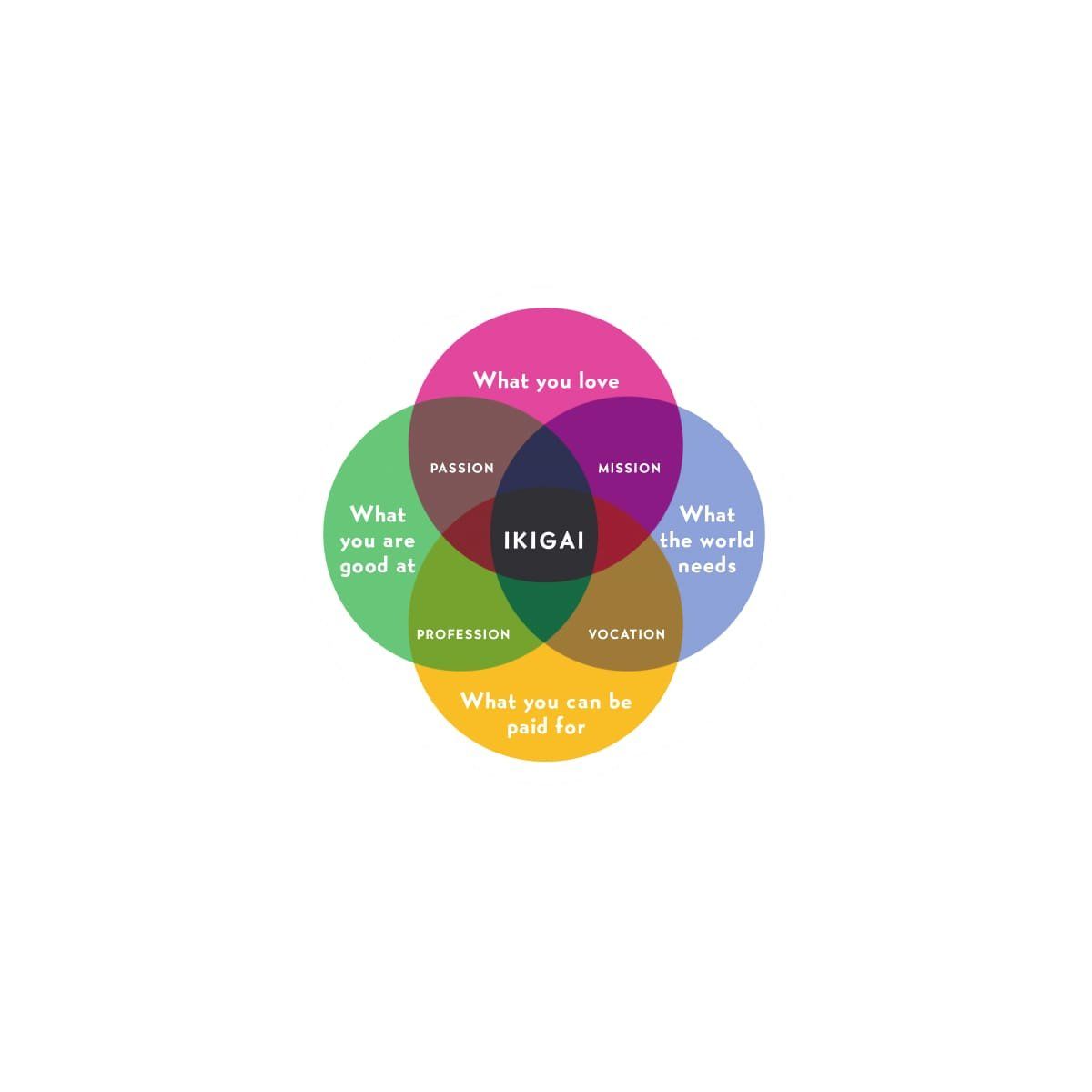Why do you do what you do anyway?
Being purpose-led is the trendy, strategic play of 2021.

Simon Sinek famously called it 'finding your why' in his incredibly popular 2009 TED talk.
Since that TED talk many people and organisations have been on a mission to find their why...their purpose, their guiding principles.
Read any management magazine these days and you can be 100% sure to flip past at least a handful of articles written by management experts heavily promoting the need for all modern businesses to define their own 'purpose statements'.
The problem however with these statements is that, in so many cases - an organisation will write down such complete, utter nonsense; and then not really know what to do with the statement once it has been created.
Some frame it and put it in a random meeting room (it becomes part of the furniture and is never consciously consider again) some stick it in a slide deck that gets an approving nod from a disinterested board.
As a tool not many companies really know what purpose their purpose statement actually serves; to them it's misunderstood and of very little value.
What's the purpose of having a purpose?
A purpose statement is an important strategic tool used to clearly express what greater value an organisation is intending to create in the world by pursuing what it believes to be true.
A clear purpose statement is used to guide decision-making, focusing efforts and keeping an organisation on track and ensuring that all parts of the company work well as a holistic team.
It clearly states why an organisation exists and why society is better for it. It ring-fences exactly what a organisation hopes to constantly improve on into the future.
How do you write a good purpose statement?
There is no one way of writing a good purpose statement, but be warned - doing it properly is not something that is easy to do.
It takes a lot of self awareness and reflection to get your thoughts into something that is meaningful and useful to you.
It's time consuming work that takes honesty and probably more than a few attempts to land.
Having accepted the challenge, here one way to give it a go.
I personally find the recently documented Japanese framework of Ikigai quite useful to use as a way to think about purpose.
Ask yourself these important questions:
- What do I / we really enjoy doing? What gives me / us a huge amount of pleasure even when we spend a lot of time doing it?
- What does the world need? What problems need solving? Where do we believe there to be a gap that people are ignoring?
- How can we / I make money? What can we get paid money to do?
- What are we / am I skilled at? What are we happy to spend our time focusing on in an ongoing effort to improve?

Where the answers to those four questions overlap with each other, that's where your unique purpose lies.
Another way to ask it:
'In a way that is unique and enjoyable to you - how do you help make society better?"
You'll notice that the approach that we prefer to use - the focus in not just on what problems the world needs solving, or what the exterior world deems valuable. It's also not only on what the individual person / organisation is internally passionate about or skilled to do; it's both.
Interior and exterior / individual and collective.
If you don't have a purpose statement or your current statement is not really working practically for you - then give this exercise a go and see what you uncover.
Just remember to make sure that you produce something that is unique to you and leaves you feeling clearer and more inspired about your journey into the future.
More:




